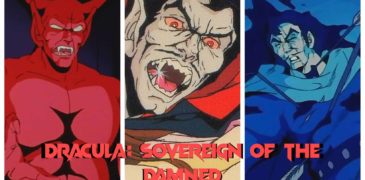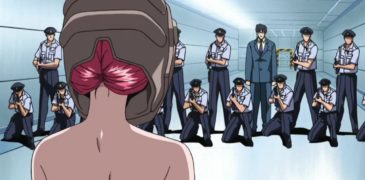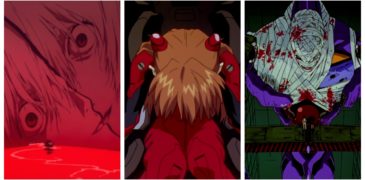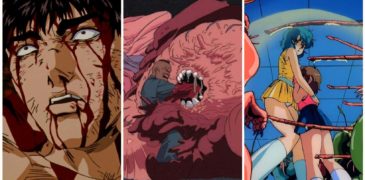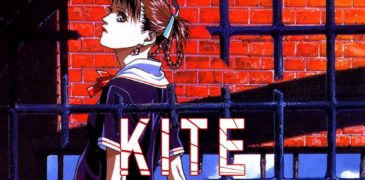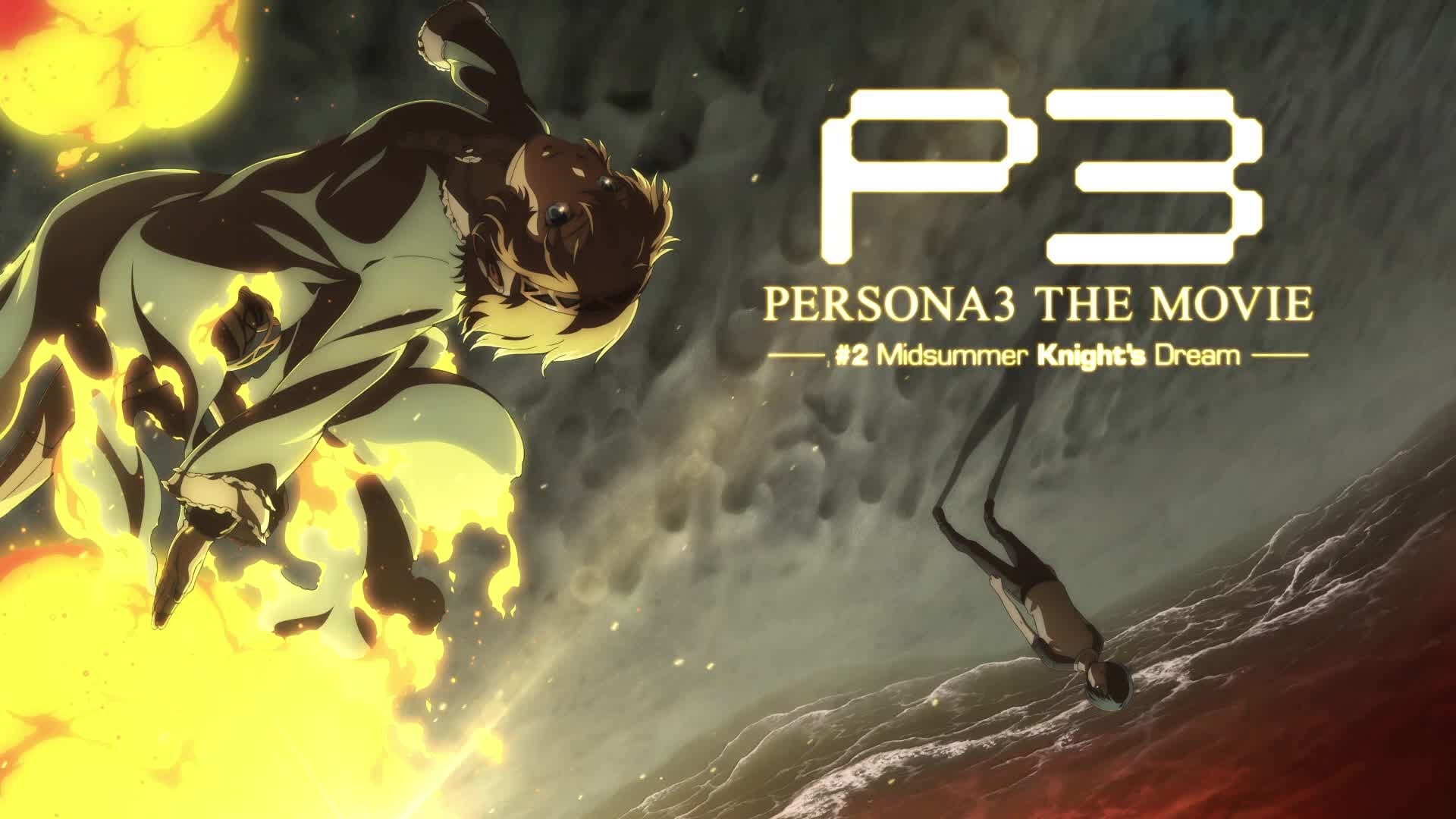
Atlus’s Persona series is a critically acclaimed video game franchise which depicts a group of high-school students battling creatures known as Shadows by using “Personas.” Personas in this context are a combination of Pokemon and Harry Potter’s Patronus, manifestations of the psyche which possess special abilities, taking inspiration from Jungian psychology and Tarot cards. The gameplay is split into dungeon crawling portions, where every entry has a massive dungeon which must be explored in order for the protagonists to battle abominations and defeat the ultimate evil. The video game also features choice-based simulator sequences in which the player must cultivate and develop the protagonist’s different skills. Role-playing elements are another intriguing aspect of the series, with features such as dialogue between multiple characters, romance options, world exploration, secret passages, and random encounters.
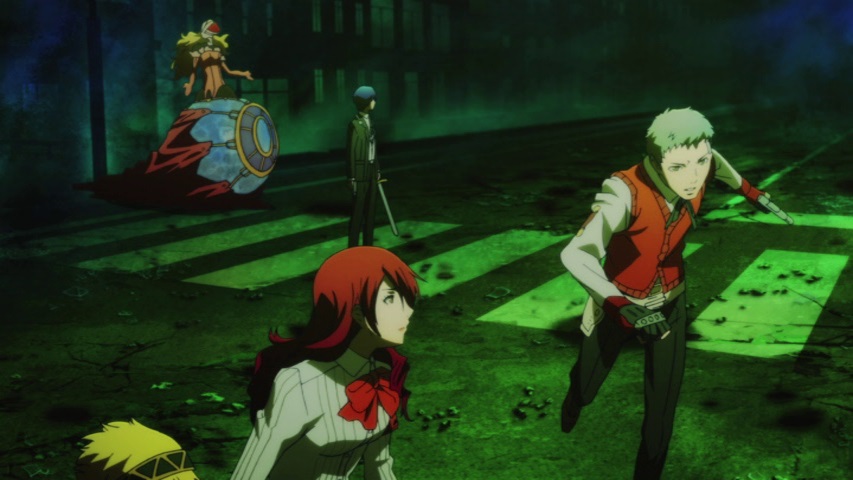
The plot of Persona 3 is deceptively simple: each time at midnight there is a special event called the Dark Hour, during which Shadows come out and prey on the minds of unsuspecting humans (some fall asleep, transmogrifying into coffins, while others fall victim to the “Apathy Syndrome” – a vegetative state linked to the approaching of the full moon). An orphaned teenager, Makoto, is one of the few humans who can stay awake during the Dark Hour. As soon as he moves into a new boarding house, he meets a team of peers – dubbed SEES (Specialized Extracurricular Execution Squad) – who explores the mysterious events and battles Shadows in a massive tower called Tartarus with the help of their Personas. Together they seek to deal with death and loss, to understand their place in the world, to destroy the major twelve Shadows, and end the Dark Hour once and for all.
The first Persona game to become an anime series was Persona 4. In 2011 the showrunner, Seiji Kishi, was criticized for going over budget as soon as episode two came out, and the anime was panned by fans for not getting what made Persona 4 great. It did, however, eventually receive critical acclaim. When it came to adapting Persona 3, the team chose a different approach: splitting the story into four movies with each one representing a season: spring, summer, fall, and winter; Seiji Kishi was kept in a supervisor role. If the first movie, Spring of Birth, only managed to feel like a Persona adaptation in its final thirty minutes, relegating its best side-character to a useless role and bafflingly deciding to give the silent protagonist a voice, the second film, Midsummer Knight’s Dream, might just be the best Persona adaptation ever. For this sequel, all the character development from the first installment pays off and each team member gets their moment in the spotlight. The themes of self-harm, substance abuse and depression are wonderfully illustrated, and above all, the art direction is masterful, giving the animation a polished feel.
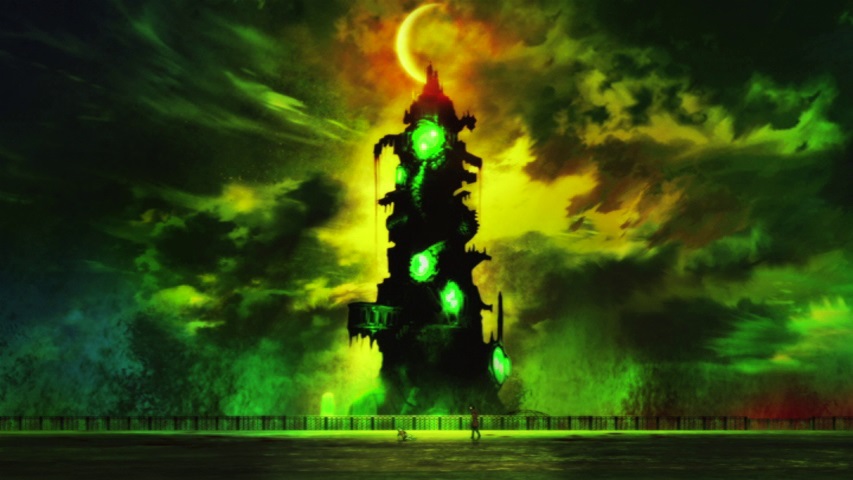
Persona 3 is a mix of psychological horror, dark/urban fantasy, and fighting anime. Apart from those aspects, the adaptation brings to life a lot of concepts from Jungian psychology (to see how well it does at that, read this interview with Dr. Matthew Fike, a Jungian expert). The Shadow is a part of one’s self that is always hidden, while Persona is the part of the self that people use for interacting with others, the “social” self. The Dark Hour can be seen as a visualization of the concept of the collective unconscious. Both the traumatic and the fulfilling events the SEES members go through are part of Jung’s process of individuation. All the characters in Persona 3 have seen hardship and have somehow endured, possibly developing their Personas as a result: they can then summon them during moments of intense fear (by literally shooting themselves in the head with a special gun called Evoker). The protagonist, Makoto, is special in that he can manifest multiple personas. He doesn’t have multiple personality disorder, he’s just The Chosen One, a role he doesn’t comfortably settle into. Many of Jung’s archetypes make an appearance in the design of different personas, such as The Old Man, The Jester, Sage, Ruler, Magician and so on. Finally, the Velvet Room might host the anima/animus of the protagonist. In the game, the player chooses between a male and female protagonist, while the movie goes with a male one from the start. However, one might be tempted to check out Persona 3 Weird Masquerade, a series of five stage play musicals which also adapt the female protagonist route.
The first Persona 3 movie served as a first look at the life of the SEES teens. The second movie shakes things off by introducing some new faces. The most important ones are:
- Aegis, a robot whose sole purpose seems to be protecting Makoto
- Ken, a young orphaned boy who seeks revenge for his mother being killed during the Dark Hour years ago
- a rival group of Persona users called Strega, who enjoy their newfound powers and act as assassins during the Dark Hour, opposing SEES
- Shinji, an ex-SEES member who also has ties to Strega and tries to suppress his Persona
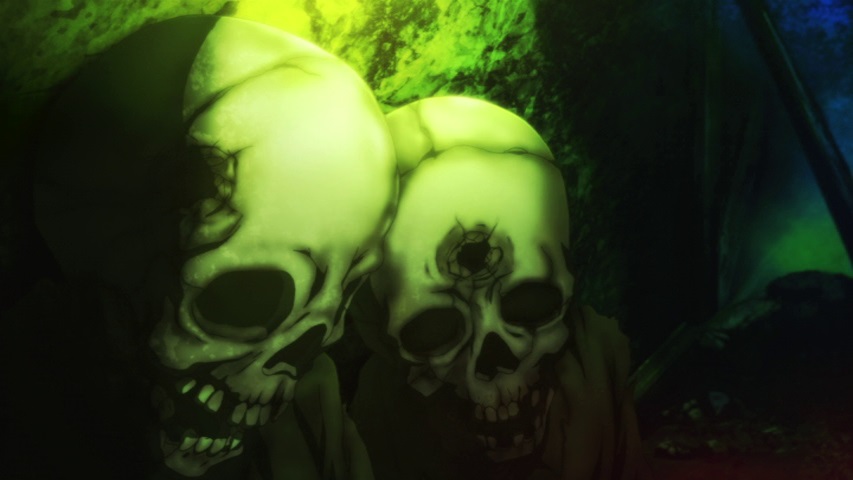
The themes of Persona 3: Midsummer Knight’s Dream circle around existential angst, teen angst, opposition, and hedonism. The film starts off with a trip to the seaside, which allows for some fanservice but ends up revealing the origin of Shadows, and the fact that there are twelve Uber-Shadows which need to be destroyed. A voiceover explains that summer is the time for living and for discovering one’s self: all SEES members explore their identity, their reason for fighting, and ponder what will happen to them once they fulfill their raison d‘être. Makoto’s depression makes him doubt his quest: in his eyes he only became well-liked as a result of his unique ability, one he will lose once the Dark Hour ceases to be. Shinji is revealed as an addict and Strega collaborator, and his self-hatred stems from having indirectly killed Ken’s mother because he lost control of his Persona.
Even though it starts out on sunny terrain, the second Persona 3 movie is very much a tragedy: the SEES member are lost children, ones who battle their own darkness and everything the collective unconscious throws at them. Ken’s trauma is revealed in muted flashbacks, where he relives the horror of seeing his mother murdered in front of his eyes. The Strega are themselves tragic anti-villains who just made different life choices, leading them to wanting to profit from the Dark Hour. One Strega member, Chidori, starts a manipulative relationship with an unsuspecting and extremely vulnerable Junpei in order to get back at SEES; she also cuts herself constantly in order to feel something. Shinji and Akihiko’s friendship is explored: during the SEES-Strega battle, Shinji has to pick a side, leading to one of the most harrowing scenes of the entire series.
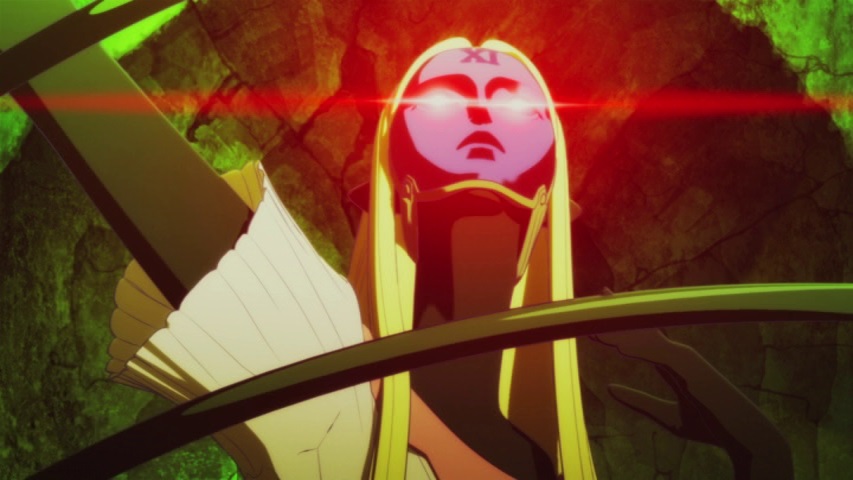
Not all is bleak, though! Taking aspects from the Persona 3 gameplay that made it such a success, Midsummer Knight’s Dream brings collaboration, teamwork and coordinated attacks into the fold. Game connoisseurs will rejoice at seeing team leader Mitsuru (with Fuuka now having taken over as support and navigator) back into the fray. The male members start bonding over silly matters as sex and sexuality are explored. There are a few fanservice scenes added to the mix, like with most VG and VN adaptations, and hints of a harem anime are dropped but, thankfully, the source material never devolves into anything like that. There are also welcomed surprises and allies: Koromaru, Ken’s canine companion, being able to function as a Persona user. The characters sacrifice a lot, but they find family and acceptance being able to truly rely on one another, such as when Aegis rescues Makoto and Yukari, who had found themselves without their Evokers in a surprise fight.
Other than the themes, what makes the movie truly shine is the creature design and art direction: The Persona 3 game already had anime-like interludes, and the movie carries the honor badge of looking much better than those did back in 2007. Relying on radioactive green, fluorescent yellow, and blood red, while rendering everything else in black results in the creators managing to make the Dark Hour feel like a vast unexplored world, with death waiting around every corner. One image depicts the entrance holes in two gunshot skulls: the result of Shadows interfering with humans and leading them to take their own lives. The postprocessing gives the anime a polished look. The visual design aims to get creative instead of purely opting for nightmare fuel: there are influences from both Greek (you can read more about the Greek mythology influences here) and Egyptian mythology (Chidori’s Persona). There is an armored tank with angel wings and a crusader’s helmet. Above all, there is the infamous roulette-wheel boss battle, which feels better than it did in the game itself because the characters don’t have the luxury of rage-quitting. The music by Shōji Meguro is a great homage to the in-game music, with the repetitiveness of the protagonist’s tasks are suggested via a calendar which keeps skipping days and some montage scenes. The only glaring issue keeps being the total lack of social links, but at least characters get to socialize more this time.
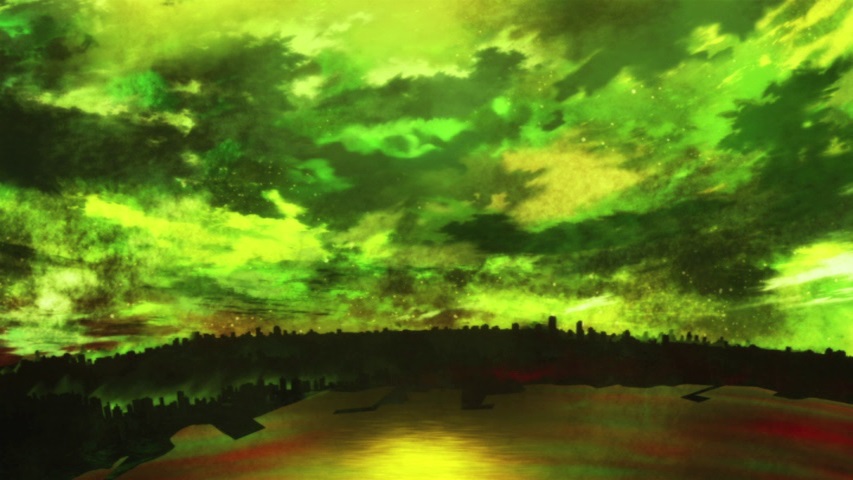
Unfortunately, adapting Ken’s, Aegis’s, and Shinji’s stories as well as one half of the Strega arc means that characters like Mitsuru or Yukari don’t get to fully shine, yet there is a great balance between the light-hearted tone of the beach sequences and the psychological horror of the last half. If you spent one of your own summers grinding Shadows in Tartarus in order to be able to win a certain boss battle, seeing Midsummer Knight’s Dream will be your vindication. Otherwise, this is just a really underrated anime and a great adaptation that pits teenage characters in an inferno not of their own making. As they battle Shadows and develop their Personas, (as well as their personalities) you might get the feeling that some of these teens yearn for death, but you also nurture the hope that they will be able to sort themselves out and save others. If one goes by the source material, the following movie should be a bottomless pit of despair, and truly hard to adapt without being overly preachy. The second Persona 3 movie might be an outlier or might be the sign of better things to come. Either way, kudos to director Tomohisa Taguchi and Seiji Kishi for finally getting it right. After some failed attempts, both fans and newcomers to the franchise can experience a true macabre masterpiece.
If you liked this, you can also watch: Persona Trinity Soul, a 2008 anime that is a semi-sequel to Persona 3 (but you didn’t hear it from us!)
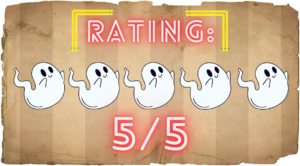
More in Anime
Though you won’t see him appear in the cinematic universe anytime soon, many may not be aware that Dracula is a Marvel character. Being the star of his own comic… Crimson Climax is a three-part erotic yuri horror drama based on the Adult visual novel game Hotaruko by Tiger Man Project. The anime was directed by Daiitiya Otosime and Katsuma… Fancy a retro anime review about a kawaii magical girl with an absence of clothes but an excess of psychic killing powers!? Of course y’do! Can you guess what show… I will be exploring the psychological horror of Neon Genesis Evangelion and the trauma that is aptly exhibited in the series. It is an impressive show that doesn’t minimise the… When it comes to horror subgenres, body horror is, by far, the most impressive visually – the loss of bodily autonomy in the most horrendous and intimate way. As such,… A Kite (or simply Kite to Western audiences) is a 1998 OVA anime, written and directed by Yasuomi Umetsu. Originally released as two separate episodes on VHS, all subsequent DVD…Dracula: Sovereign of the Damned (1980) Anime Review – Much Ado About Blood Sucking
Crimson Climax (2004) Anime Review – A Dark Tale of Human Sacrifice, BDSM, and Murderous Mannequins
Anime Retrospective: Elfen Lied
The Trauma and Psychological Horror of Neon Genesis Evangelion
11 Best Body Horror Anime Of The 80s & 90s – A Vessel For Visceral Visuals
Kite (1998) Anime Review – Film Noir Action
